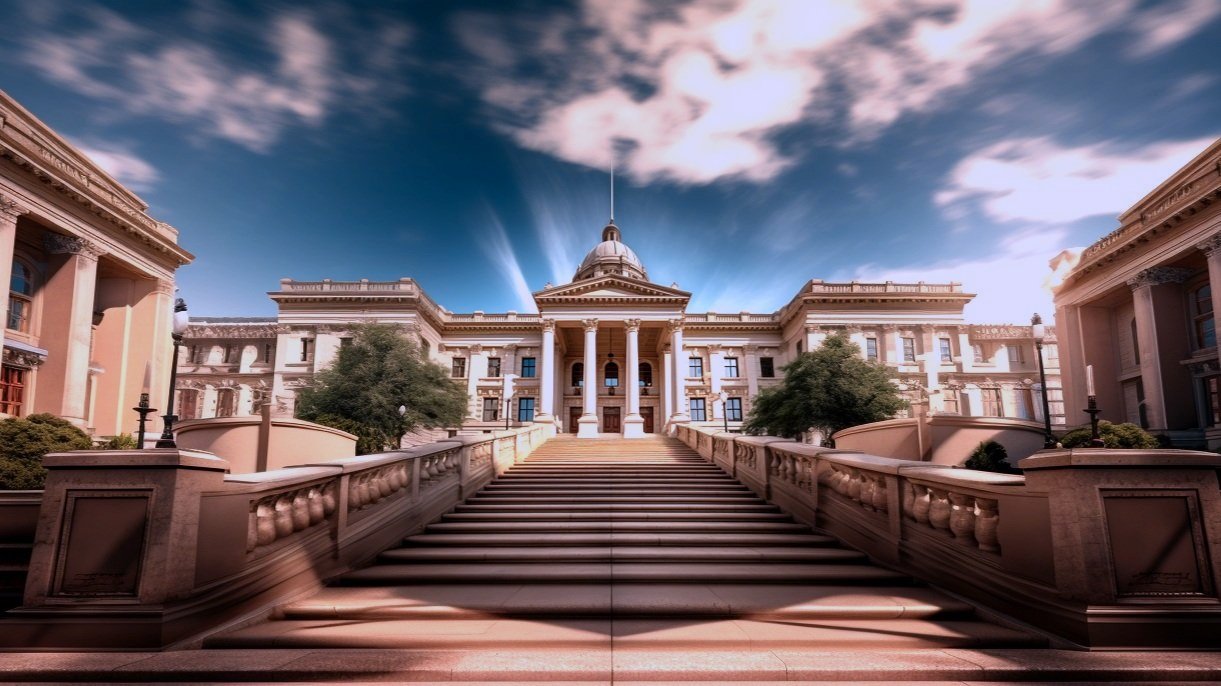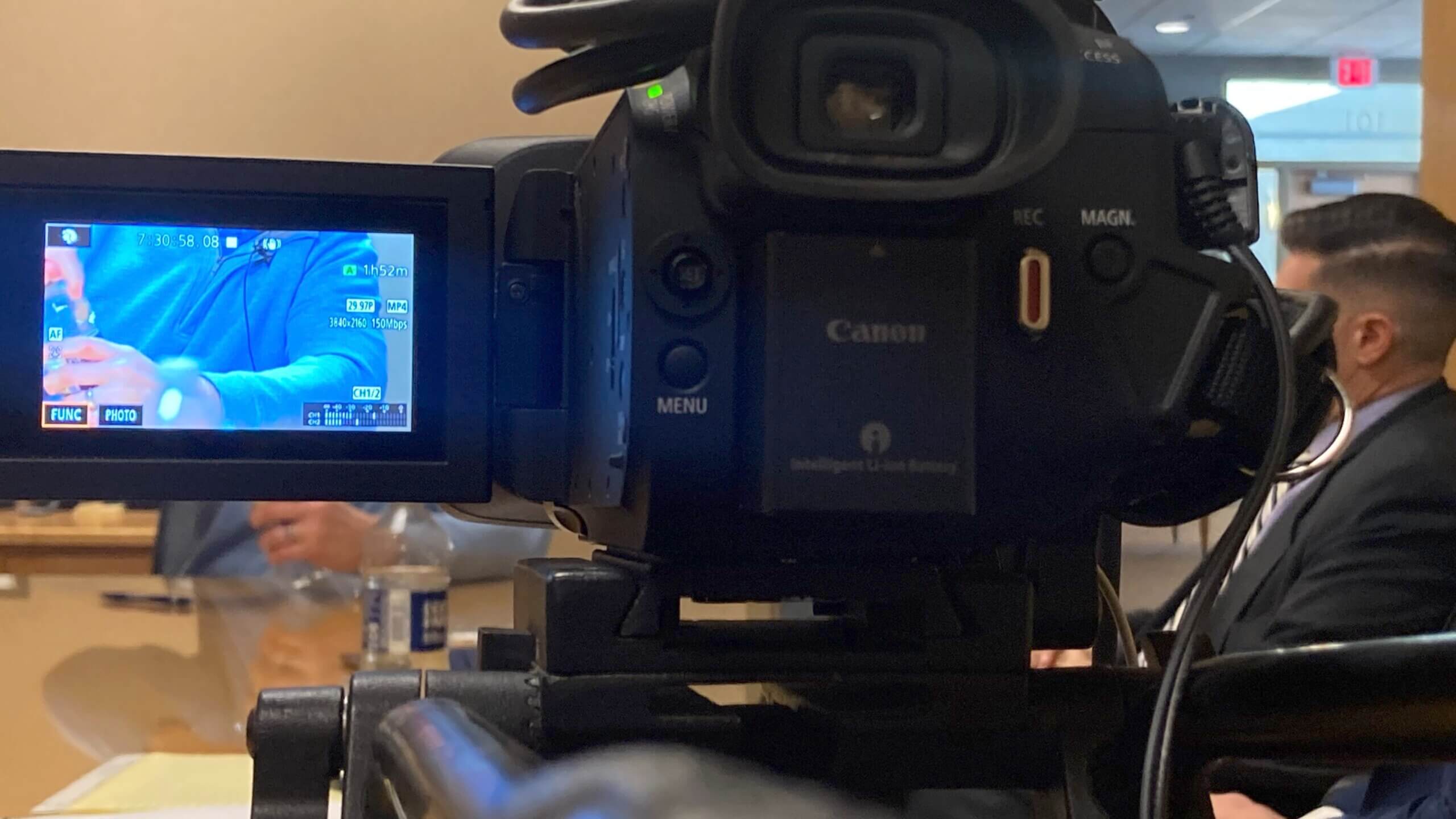The Ultimate Guide to Legal Videography for Lawyer and Legal Teams
The Ultimate Guide to Legal Videography for Lawyer and Legal Teams
Blog Article
Exploring the Mechanisms of Legal Videography: Unveiling Its Operation in Safeguarding Genuine Aesthetic Testament for Judicial Process
In the realm of judicial procedures, the duty of legal videography stands as a cornerstone in protecting and presenting visual proof. As technology proceeds to advancement, the devices behind legal videography have actually become progressively intricate, using an important layer of authenticity to statements recorded on video.
Historic Advancement of Legal Videography
Analyzing the historical progression of lawful videography exposes a substantial change in the recording and presentation of visual evidence within the lawful landscape. In the past, lawful proceedings heavily relied upon created photos and records to document events and provide proof. With the introduction of video innovation, the lawful sector observed a standard change in just how aesthetic testament was recorded and offered.
The advancement of lawful videography can be mapped back to the late 20th century when advancements in video recording equipment made it more available for use in courtrooms. This technological advancement not only boosted the precision and integrity of aesthetic proof however likewise transformed the method situations existed to juries and courts (Legal Videography). Attorneys began to recognize the influential power of video clip recordings in communicating emotions, nuances, and non-verbal cues that created photographs or transcripts alone can not record properly

Technology Advancements in Video Documentation
What key technical developments have transformed video clip paperwork in the lawful field? The lawful field has actually seen considerable advancements in video clip documentation innovation that have improved the credibility and dependability of aesthetic evidence in judicial procedures.
Moreover, improvements in video file encryption and watermarking technologies have actually bolstered the protection and tamper-proof nature of video proof, guarding it against unapproved alterations or meddling. The development of cloud storage space remedies and remote access abilities has structured the storage space, access, and sharing of video clip proof, facilitating seamless collaboration among legal experts and making sure reliable accessibility to crucial visual testimonies when required. These technical developments in video documentation have undoubtedly transformed the legal field, enhancing the accuracy, trustworthiness, and admissibility of visual evidence in judicial proceedings.
Role of Legal Videographers in Courtroom Setups
The evolution of video clip documents innovation in the legal field has actually required an important role for lawful videographers in court room settings, making certain the honesty and dependability of visual testimonies presented throughout judicial procedures. Lawful videographers play an essential role in recording and protecting accurate aesthetic evidence that can be crucial in lawsuit. Their responsibility expands to setting up equipment, videotaping procedures, and generating top notch videos that precisely mirror the events in the court room.
Furthermore, lawful videographers index usually work carefully with legal groups to make certain that the video proof straightens with the situation's needs and can be efficiently provided in court to sustain the legal disagreements being made. Generally, the duty of lawful videographers in courtroom settings is crucial in upholding the principles of justice and guaranteeing the openness of lawful procedures. Legal Videography.

Ensuring Admissibility and Honesty of Video Evidence
To keep the reliability of aesthetic proof presented in legal process, ensuring the admissibility and integrity of video clip proof is a critical obligation for lawful videographers. Admissibility describes the approval of evidence by the court, and for video evidence to be acceptable, it has to meet specific standards. Legal videographers play a vital function in ensuring that the video clips they record adhere to the guidelines of evidence, such as dependability, significance, and credibility.
Stability of video clip evidence involves maintaining the originality and accuracy of the footage from the time it is recorded until it is presented in court. This includes firmly saving the video clip data, recording the chain of guardianship, and avoiding any tampering or alterations. Lawful videographers have to follow stringent procedures to ensure the integrity of the video clip proof and stop any type of challenges to its authenticity.
Future Trends in Legal Videography
Offered the raising dependence on innovation in legal process, lawful videographers are poised to embrace cutting-edge innovations forming the future of visual testimony capture and discussion. One of the prominent fads on the perspective is the combination of virtual fact (VR) and augmented fact (AR) innovations into lawful videography. These innovations have the potential to reinvent just how aesthetic proof exists in court rooms, permitting courts and judges to submerse themselves in the scene of official statement the criminal offense or incident.
Moreover, using fabricated intelligence (AI) formulas for video evaluation is expected to simplify the process of assessing and evaluating huge amounts of video clip footage. AI can assist in determining key moments, abnormalities, and patterns within videos, improving the efficiency of lawful examinations.

Final Thought
To conclude, legal videography has actually played a critical function in providing authentic aesthetic evidence for judicial process. With technical developments and the competence of lawful videographers, the stability and admissibility of video proof are ensured in court settings. As legal videography proceeds to progress, it will be necessary to support requirements that maintain the accuracy and dependability of visual testimony for the future of legal process.
Analyzing the historical development of legal videography exposes a substantial change in the recording and discussion of visual evidence within the lawful landscape.The advancement of video paperwork innovation in the lawful field has required an important function for lawful videographers in courtroom settings, making sure the honesty and integrity of visual testimonies provided throughout judicial process. In addition, legal videographers commonly function very closely with lawful teams to guarantee that the video clip proof straightens with the case's demands and can be successfully provided in court to sustain the lawful disagreements being made.To keep the integrity of visual evidence offered in lawful process, making certain the admissibility and honesty of video clip proof is an essential obligation for lawful videographers. As legal videography proceeds to progress, it will certainly be necessary to promote criteria that keep the precision and integrity of aesthetic testament for the future of lawful process.
Report this page